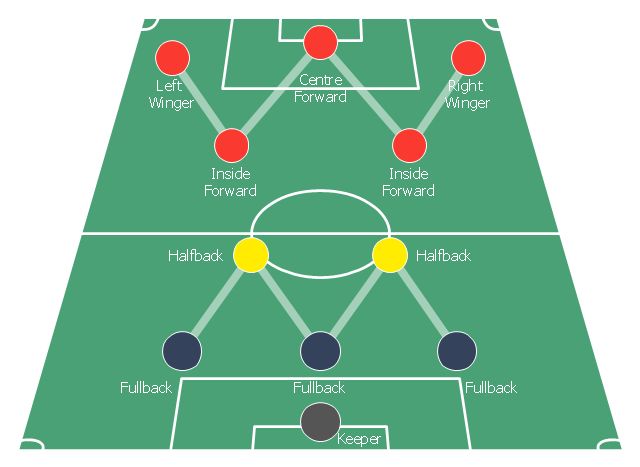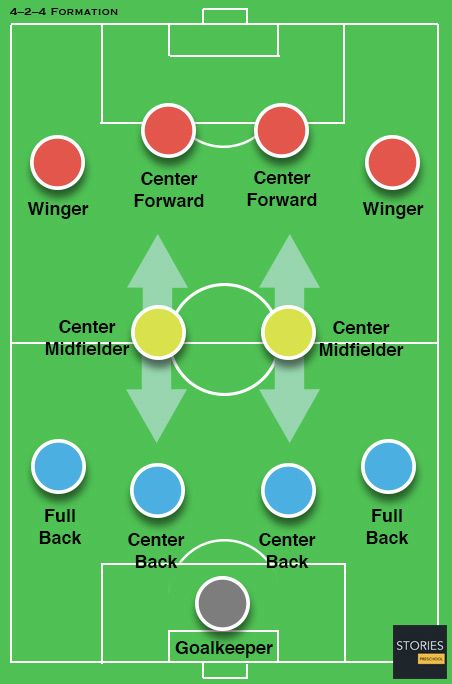Football Formations Through The Ages
Apr 20, 2019 • 74 views
I am sure that majority of football lovers must have played FIFA (or to some extent, PES). My first brush with FIFA was FIFA 12, but at that point I did not give even a fleeting thought to strategies and man management. It was only when a certain amount of time passed that I realized that strategies, especially formations, make or break a team’s performance. Sure it’s important to have talent and will for overcoming opponents, but a bit of smartness and awareness also helps. With football existing from the 16th century onwards, it is only imperative that strategizing has been a part of the game for a long time. Well, not exactly. It’s a wonder that modern football has become so sophisticated that teams change their formation in minutes, during play.
Earliest history of football formations points to the fact that teams followed the motto “Offense is the best defence” a little too seriously. So much so that one of the first formation in available records is 1-1-8, which means one player would be present in defence, and one in midfield, while the remaining eight would be playing upfront, trying to vie for goals. This formation was on display during the first ever official international football match, with England playing Scotland, on 30th November, 1872. England went with this approach, while Scotland used a much more “defensive” 2-2-6 formation. The match was NOT a goal fest, and ended goalless.

A more long-term approach was put into effect in 1880 by Wrexham, a team from Wales, who were the Welsh Cup’s debut victors. The approach, 2-3-5 (see image below), was called “Pyramid”, and consisted of two full-backs (defenders), three in midfield, while the remaining five played upfront. This was a real popular formation, used by majority of teams across the world, till the 1930s. In fact, the first ever World Cup winners Uruguay in 1930, became successful using this formation. It is also credited for the way that modern football assigns kit numbers.

The “Metodo” was the next formation in existence, and evolved from the Pyramid formation, and was used by the Italy national team in the 1930s. With a view to create a stronger defence, the coach Vittorio Pozzo created a 2-3-2-3 approach, granting more support to the midfield, and led the team to consecutive World Cup victories in 1934 and 1938 using this formation. “WM” was the next approach to come (3-2-2-3), successfully implemented by Herbert Chapman at Arsenal, with a view to circumvent changes in the offside law. This was successfully implemented by majority of the English teams of the late 1930s, and the modern 3-4-3 formation can be considered an offshoot of this approach.

“WW” was a modification of this formation, and was successfully implemented by the Hungarian national team in the 1950s. 3-3-4 was another formation that was successfully used by Tottenham in their 1961 domestic double, while also more recently being used by Porto in winning the 2005-06 Portuguese League. The final formation we will see is the 4-2-4 (see image below). The formation saw strong attack and a strong defence, with the middle 2 carrying off both attack and defence duties simultaneously. Brazilian and Hungarian teams of the 1950s were proponents of this hugely successful style.

Nowadays, with modern football undergoing so many formation changes, it might be easy to forget that the formations from the past hugely influenced the present strategy making. One thing that will always be constant is- Defence is the first line of offense, and offense is the last line of defence.
